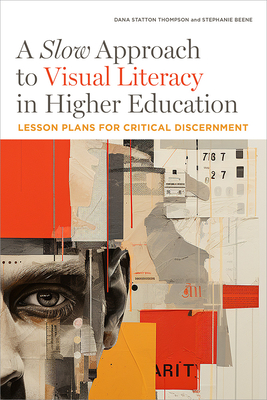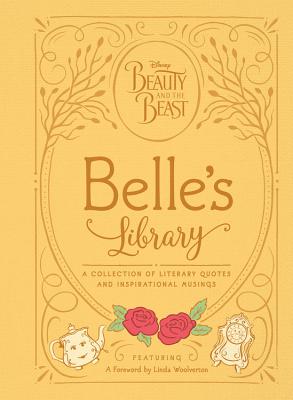
Statton Thompson, Dana
product information
description
ow using, and slow creating as pathways to better learning, this unique resource presents adaptable lesson plans on visual literacy for educators and librarians in higher education to use when teaching undergraduate and graduate students.
The principles of "slow librarianship"-which prioritizes reflection, collaboration, solidarity, and valuing all kinds of contributions-can also support deeper and more sustained learning and understanding. This book emphasizes the importance of attention and focus to the process of visual literacy, demonstrating how this approach supports ACRL's Visual Literacy Competency Standards for Higher Education and the Framework for Visual Literacy in Higher Education. Library workers, educators, and instructors will discover
- dozens of flexible lesson plans for teaching visual literacy, scaffolded by competency levels: novice, intermediate, and advanced;ways to integrate slow looking into the classroom, emphasizing careful observation and the sustained act of looking;techniques for showing learners how to select images with intention, as well as carefully determine when and how to share those images; reasons why slow creating is essential to understanding and applying visual literacy in the twenty-first century; anda look at how increasing access to internet connectivity, generative artificial intelligence (AI), and new ethics for sharing and using information online will affect the future of visual literacy.
member goods
No member items were found under this heading.
Return Policy
All sales are final
Shipping
No special shipping considerations available.
Shipping fees determined at checkout.







